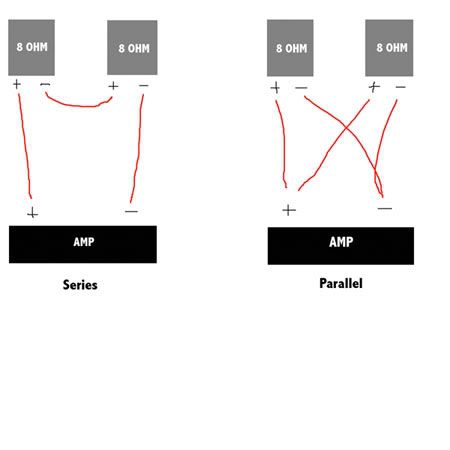- Joined
- Feb 18, 2002
- Posts
- 3,905
I own a 5.1 receiver. While I'd love a 7.1 and would solve my issue the way it should be, I can't get one just now.
Anyway, mine is a Technics Digital-Ready receiver with an SH-AC500D Decoder. I currently use an actual 5.1 speaker setup with two towers for fronts (150 watts), a Center (150 watts) and two old bookshelfs for surrounds (40 watts).
I just bought on sale a pair of small 2-way bookshelfs which read 5-100 watts power handling. All my speakers are 8 ohms.
I was wondering if I can connect these new bookshelfs along with the bookshelfs I already have to have a pseudo-7.1 setup. I know it's not ideal but I do like how the extra set of speakers give a more enveloping sound quality.
My question relates to the amplifier and if I run any risks of damaging any of my components.
Thanks.
Anyway, mine is a Technics Digital-Ready receiver with an SH-AC500D Decoder. I currently use an actual 5.1 speaker setup with two towers for fronts (150 watts), a Center (150 watts) and two old bookshelfs for surrounds (40 watts).
I just bought on sale a pair of small 2-way bookshelfs which read 5-100 watts power handling. All my speakers are 8 ohms.
I was wondering if I can connect these new bookshelfs along with the bookshelfs I already have to have a pseudo-7.1 setup. I know it's not ideal but I do like how the extra set of speakers give a more enveloping sound quality.
My question relates to the amplifier and if I run any risks of damaging any of my components.
Thanks.


